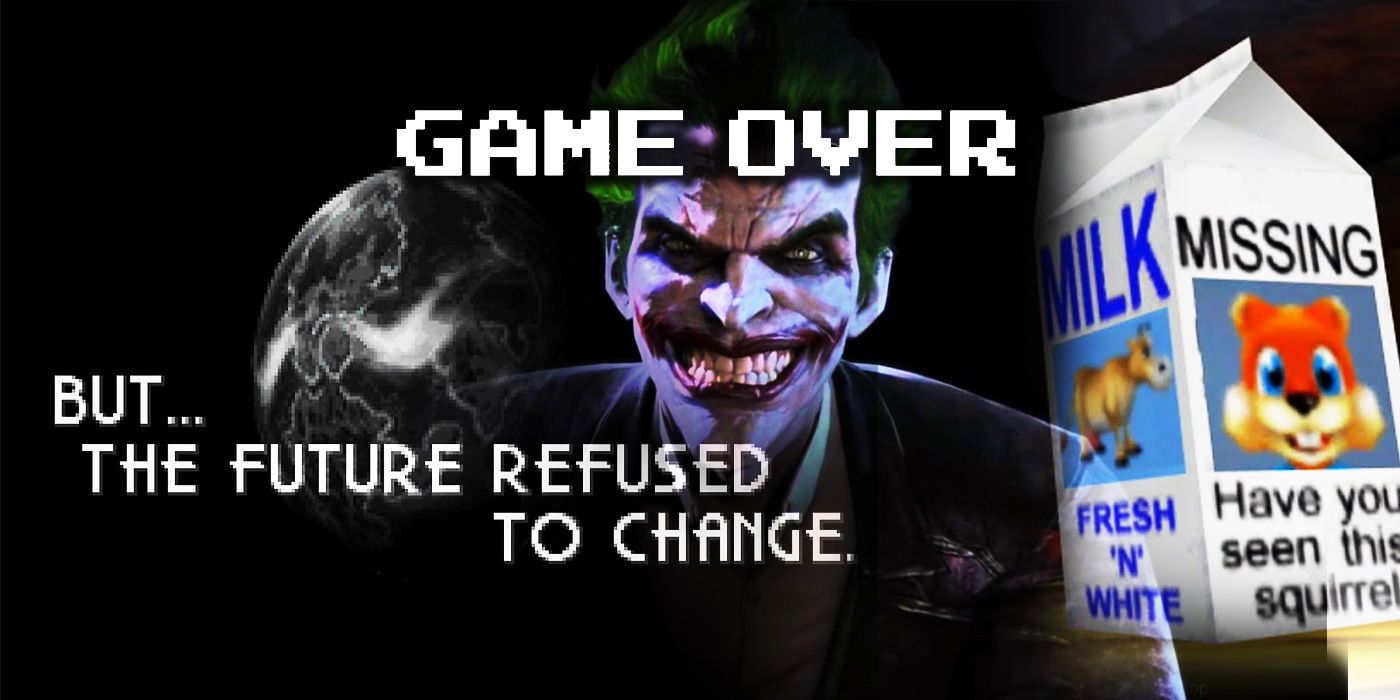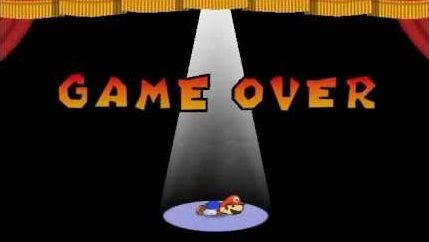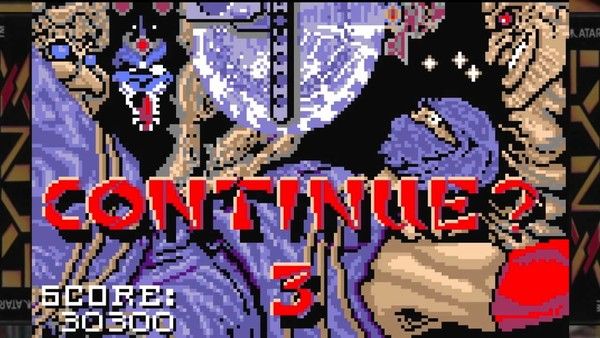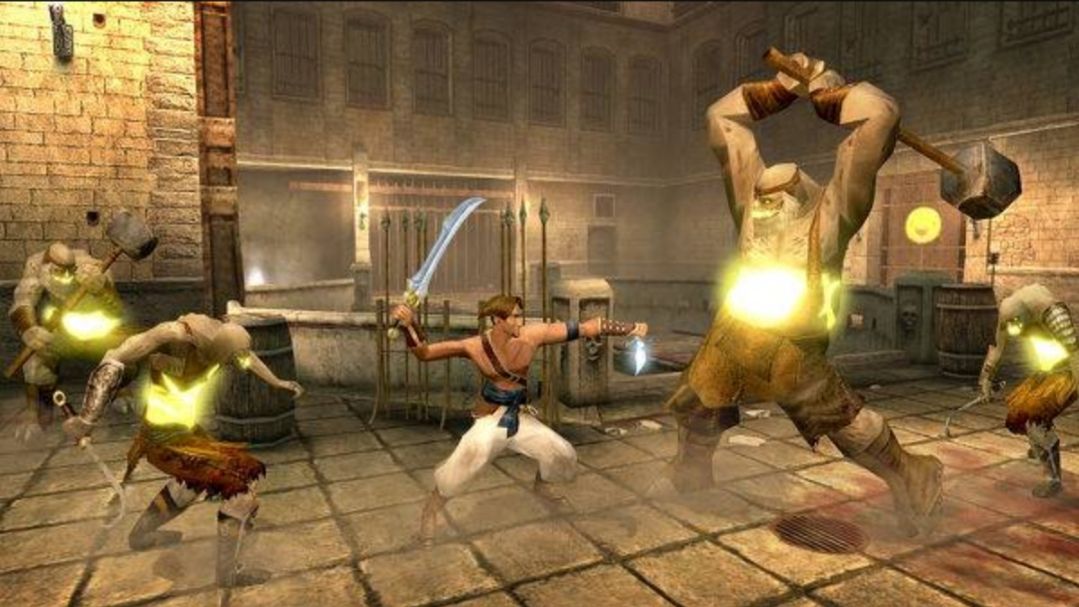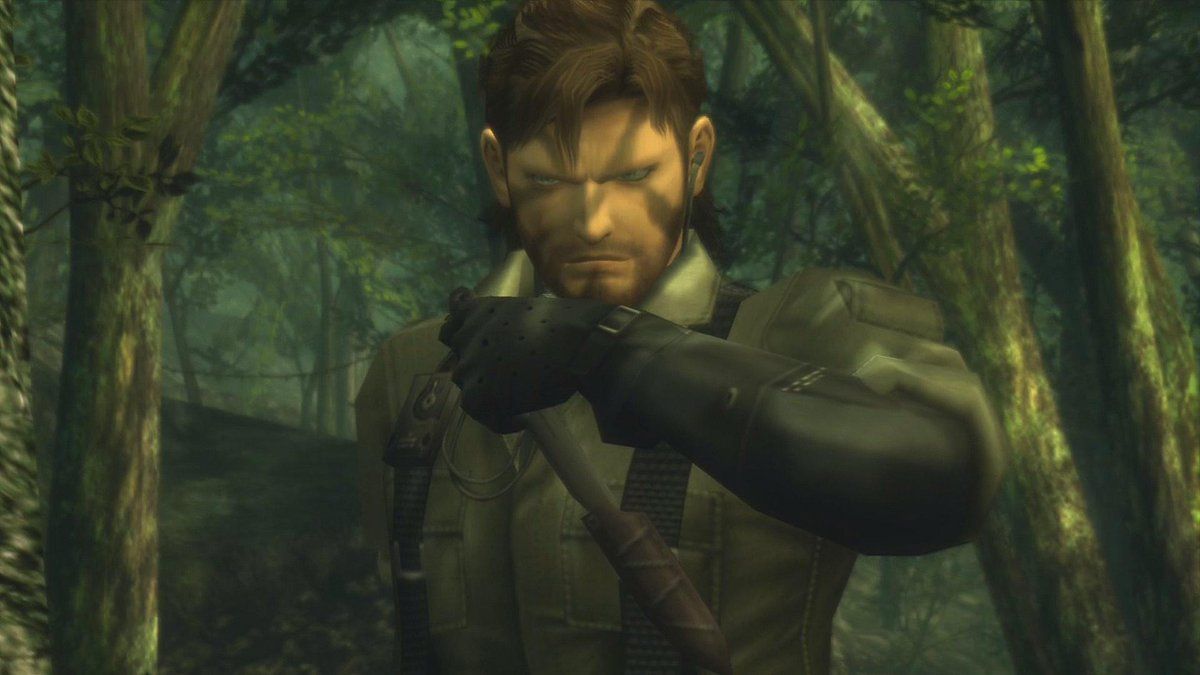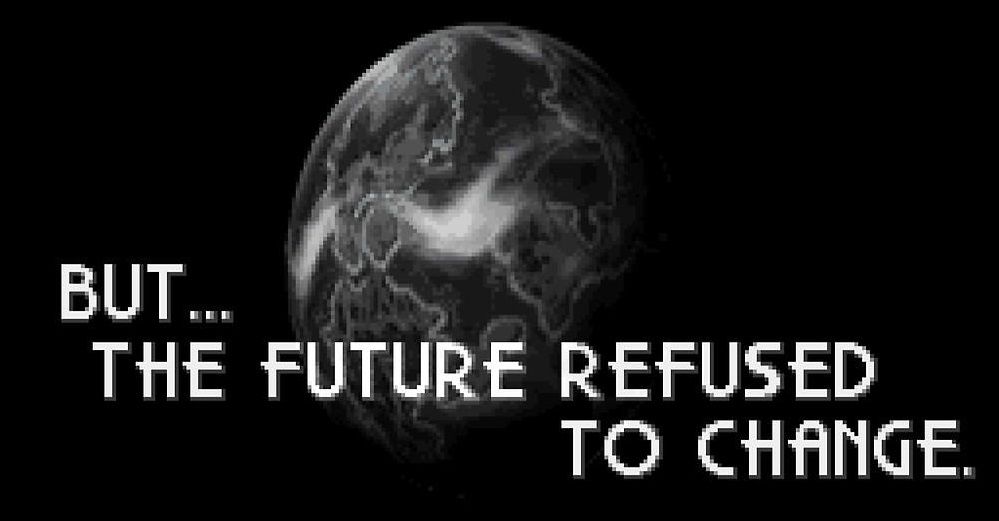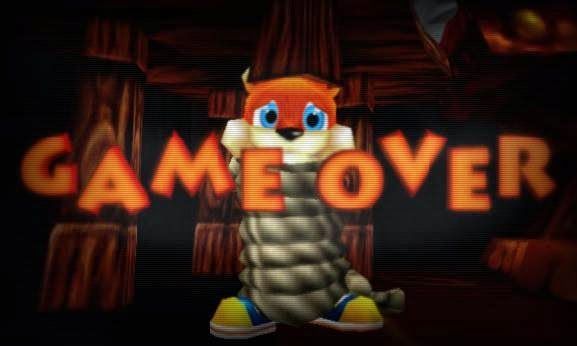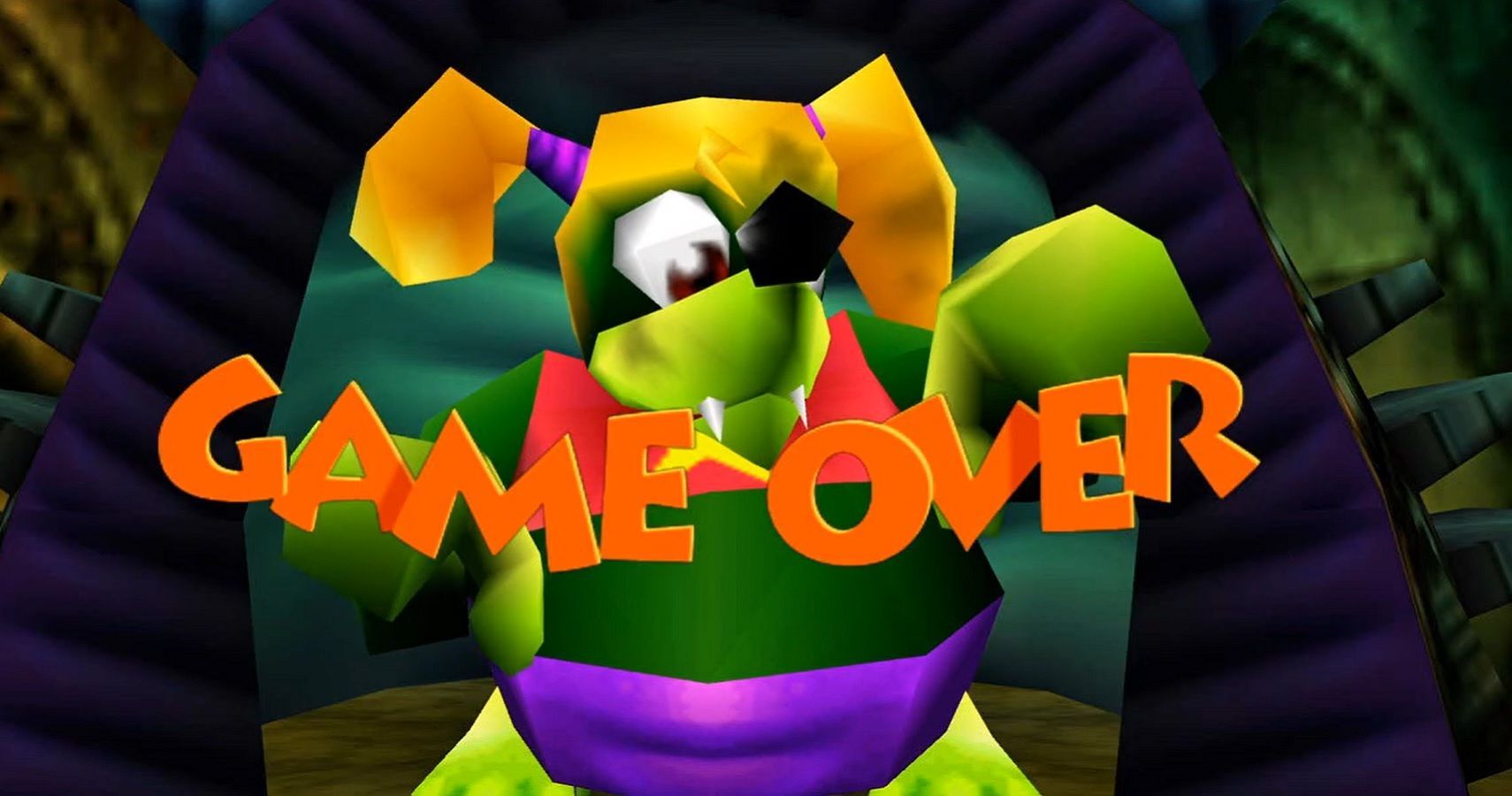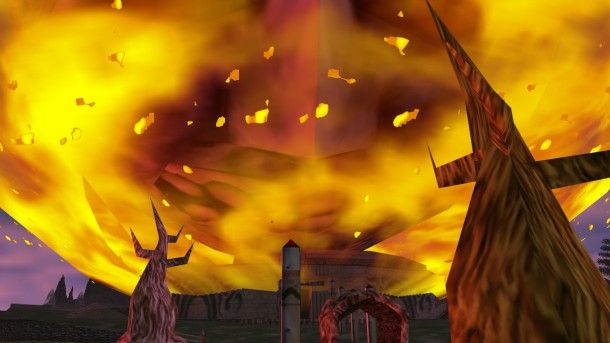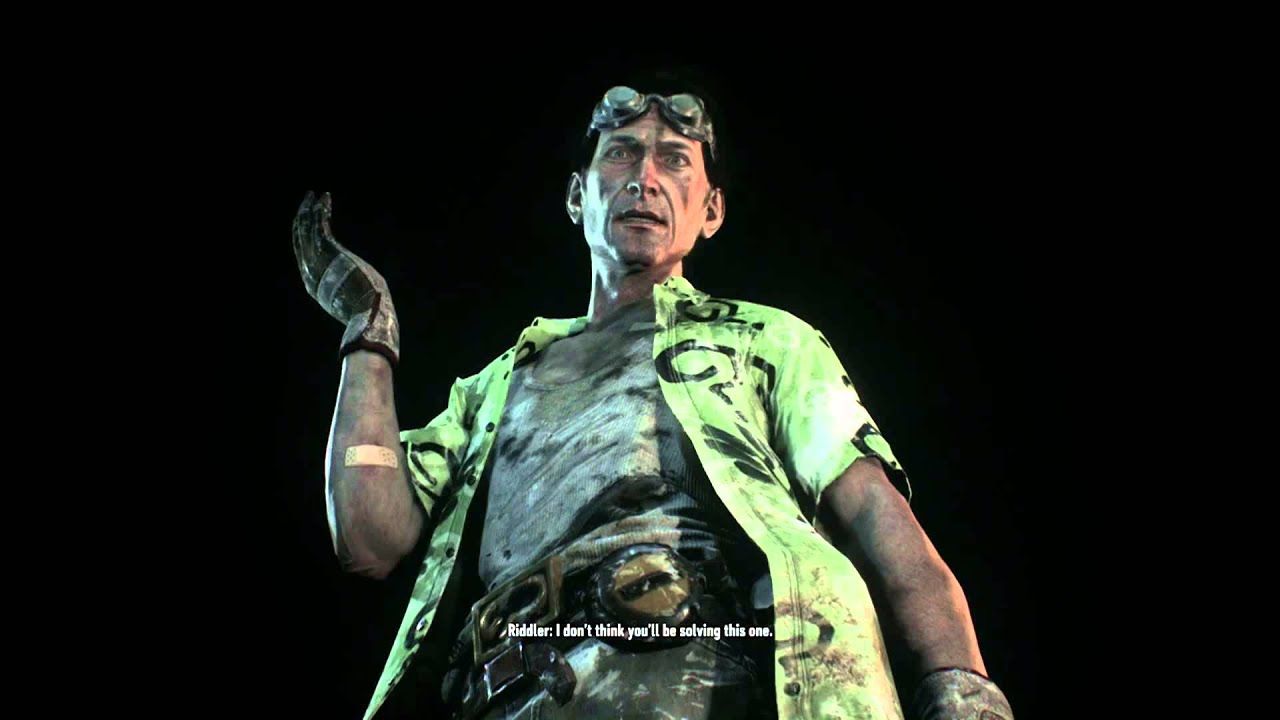A "Game Over" screen represents the most infuriating moment a video-game player must face: his or her ultimate and final defeat. (Well, until you restart the level or reload that last save, anyway.) Reaching a Game Over screen not only means losing progress, but it’s also a reminder that you, the player, were not capable of surpassing an obstacle with your current skills. A game over screen taunts you to try again, rubbing your failure right in your face. However, some video games implemented such unique ways to tell players the game is over that it’s somewhat rewarding to die.
From inspired cutscenes to essential pieces of lore, the best Game Over screens bring something unexpected to the table, turning the player’s defeat into a fun moment that can be appreciated by itself. So, in honor of us, the average players who constantly die in games, we’ve put together a ranking of the best Game Over screens that’ll turn your failure into a great gaming experience.
9. Paper Mario: The Thousand-Year Door
Paper Mario’s direct sequel, Paper Mario: The Thousand-Year Door, turns every combat into a theater spectacle. There’s even an audience watching you fight, and they’ll eventually help you or get on your way, depending on how well you’re doing. So, what happens when Mario dies? That’s right -- curtain call! The Thousand-Year Door Game Over screen shows Mario dropping to the floor, with the entire scene fading to black while a single spotlight shines over the fallen hero. Then, the curtains close, and the show is over. It’s a simple cutscene, but also quite effective and capable of keeping the illusion that every combat is a spectacle.
8. Ninja Gaiden (1988)
The original Ninja Gaiden was developed to be played on arcade machines. That meant every time a player put a coin in the machine, they got more lives. And if you lost all your lives, you were taken to a Game Over screen that also gave you the chance to continue playing if you put more coins in the machine. There’s a reason retro games are really tough, and that’s because developers wanted players to spend more money to beat their games. While arcade "continue" screens typically show a simple countdown, Ninja Gaiden has a unique animation of the player character tied down by his enemy, while a giant spinning saw slowly approaches his torso. That’s right: If you don’t put another coin in fast, you’ll allow the hero to die a horrible death.
7. Prince of Persia: The Sands of Time
Prince of Persia: The Sands of Time features a narrator who adapts the tale depending on the player’s actions. The game’s narrator is the player character, retelling from the future the adventures the player is living in the present ... which means the entire game is detailing a past event. And if the main character is still alive to tell his tale, he stands to reason that he cannot die. So what happens when the player fails? Well, the narrator then changes his story to keep his past self alive and even makes jokes about it. With lines such as “No, that’s not how it happened” and “I’m not remembering it right,” Prince of Persia: The Sands of Time adapts the tale it’s telling to justify every death as a lapse of an unreliable narrator, taking the blame from the player’s hands.
6. Metal Gear Solid (the entire franchise)
“SNAAAAKE!” While the Metal Gear Solid franchise has one of the most memorable Game Over screens, the radio communication that shows up every time Snake dies is also the perfect narrative tool to reflect the weight of dying. In all the franchise’s games, players have access to a radio they can use to communicate with allies spread around the world. These allies follow Snake’s missions and react with different messages if the player keeps calling them. So it makes sense that Metal Gear Solid’s Game Over screens feature one ally screaming their lungs out on the radio as they realize the super spy was just killed in combat. It’s also amusing to see how developers embraced the awkward scream of the original game, reproducing it in the various sequels.
5. Chrono Trigger
In Chrono Trigger, players try to prevent the world’s destruction by killing an evil entity named Lavos. Lavos came from space many centuries ago and is now feeding on the planet core until it gets enough energy to break out its cocoon, destroying all life in the process. While dying can be an unpleasant experience, most games treat it as a hiccup in the gameplay, as the hero can get up, brush the dirt off heir shoulders and get back to the fight. However, Chrono Trigger also wants the player to feel the weight of his defeat, so the game offers up a Game Over screen that explains how Lavos remained undefeated and was able to destroy the planet. You didn’t just die. Your failure also resulted in the death of ... well ... everyone! I bet you’ll be more careful on the next try, right?
4. Conker’s Bad Fur Day
During the Nintendo 64 golden era, Rare created some of the most brilliant videogame experiences ever made. One of their games is Conker’s Bad Fur Day, a project that slipped an adult game into a console that was usually seen as family-friendly. Conker’s wacky story follows a squirrel who drinks too much and gets lost in a magical kingdom. Unfortunately for Conker, the King has an issue: His four-legs table is missing one leg, and every time he puts his glass of milk over the table, it falls to the ground. How to fix this problem? Well, the King’s scientist studies the matter closely and comes to the conclusion the only thing that can replace the table’s leg is a red squirrel. So, of course, that means reaching a "game over" leads to a unique cutscene of Conker tied up and gagged, being used as the leg of a table.
3. Banjo-Kazooie
Banjo-Kazooie was the first Rare game to feature a particularly wacky Game Over screen, which leads it to deserve a higher honor than Conker’s Bad Fur Day. The family-friendly platformer follows the adventures of a bear trying to rescue his sister, Tooty, from an evil witch, Gruntilda. The witch kidnapped Banjo’s sister because she wants to be pretty. She sticks the girl inside a machine that’ll transfer everything that makes Tooty cute into the witch. And that’s exactly what happens should the player lose all their lives. The "game over" cutscene shows Tooty turned into an ogre-like creature, while the witch comes out of the machine looking stunningly gorgeous. One of Banjo’s allies in the game even shows up to ask Gruntilda on a date. It’s a fun cutscene that serves as a bad ending to the adventure. And what’s even better is that Rare coded the game so that the player gets to see the cutscene if they just stop playing. Don’t want to reach your sister as fast as possible? Well, tough luck -- the witch wins!
2. The Legend of Zelda: Majora’s Mask
In The Legend of Zelda: Majora’s Mask, Link gets stuck in a time loop while an evil entity crashes the moon into the land below. Link only has three days to find a way to stop the moon from falling and defeating the Majora’s Mask. Fortunately, Link is the Hero of Time, who can use his ocarina to go back to the start of the time loop if the moon gets too close to destroying the land. But what happens if players don’t use the ocarina? What if someone decides to stay behind and watch the moon fall? Well, the brave player will be rewarded with a brutal cutscene showing the moon crashing into the land and spreading fire in all directions, consuming every life and destroying every building. Who said that The Legend of Zelda is a family-friendly franchise?
1. Batman: Arkham (the entire franchise)
The Batman: Arkham franchise (Arkham Asylum, Arkham City, and Arkham Knight) took Game Over screens to a whole new level. Each time the player allows the Dark Knight to be defeated, they’ll watch a short cutscene where one of the villains from Batman’s rogue gallery will taunt the vigilante. There’s an entire set of Game Over screens for each super villain, which means dying multiple times allows you to watch different cutscenes. Besides that, these cutscenes aren't always random, and often the villain who’ll show up to taunt Batman is the big baddie you were chasing at that specific moment. Are you trying to invade Joker’s territory? The Clown Prince of Crime will greet you when you die. Did you decide to fight the Penguin instead? Well, get ready for some umbrella puns! Batman: Arkham found the best way to turn punishment into a reward was by having not one, but multiple Game Over screens that you'll never get tired of watching.

